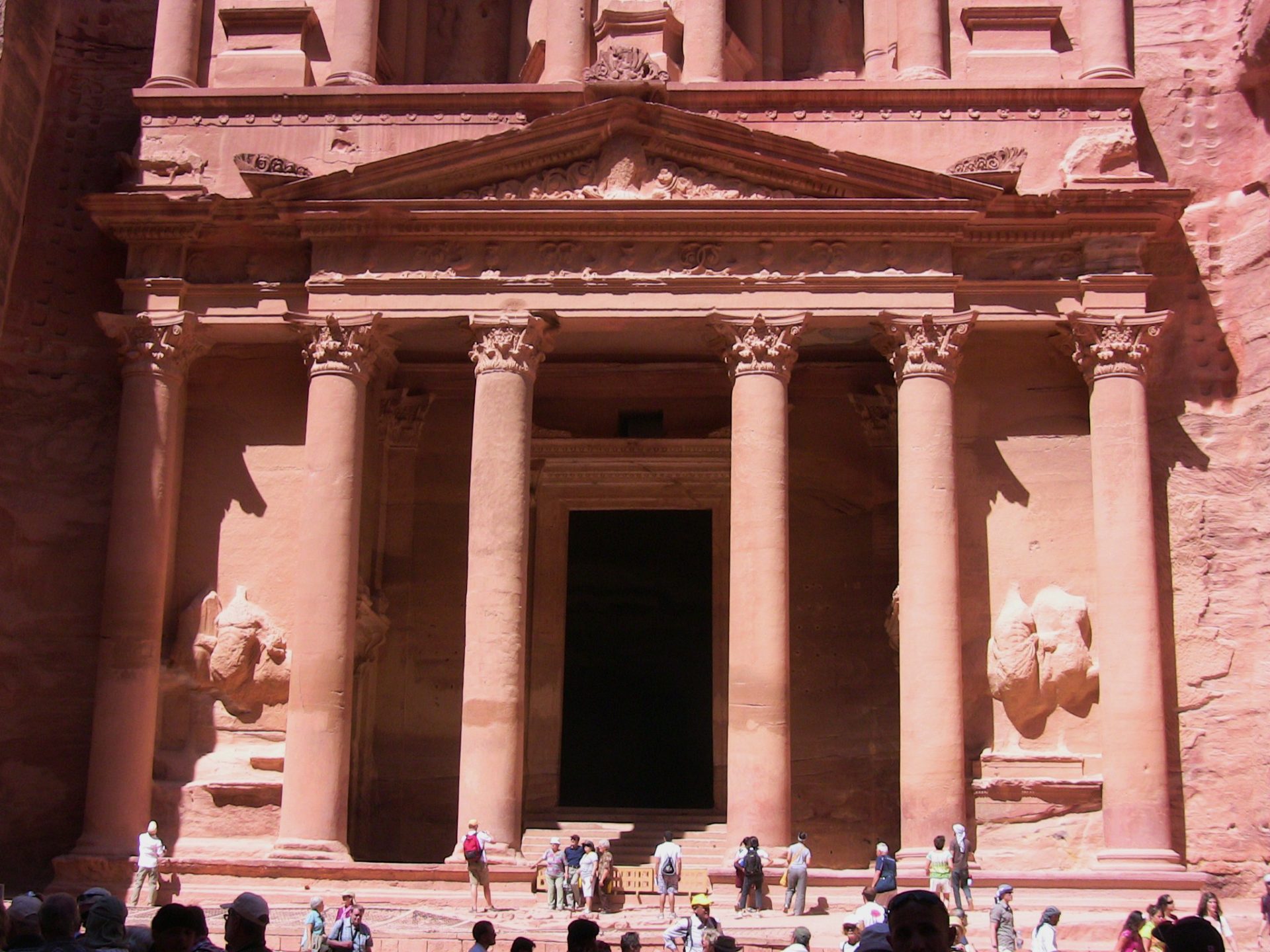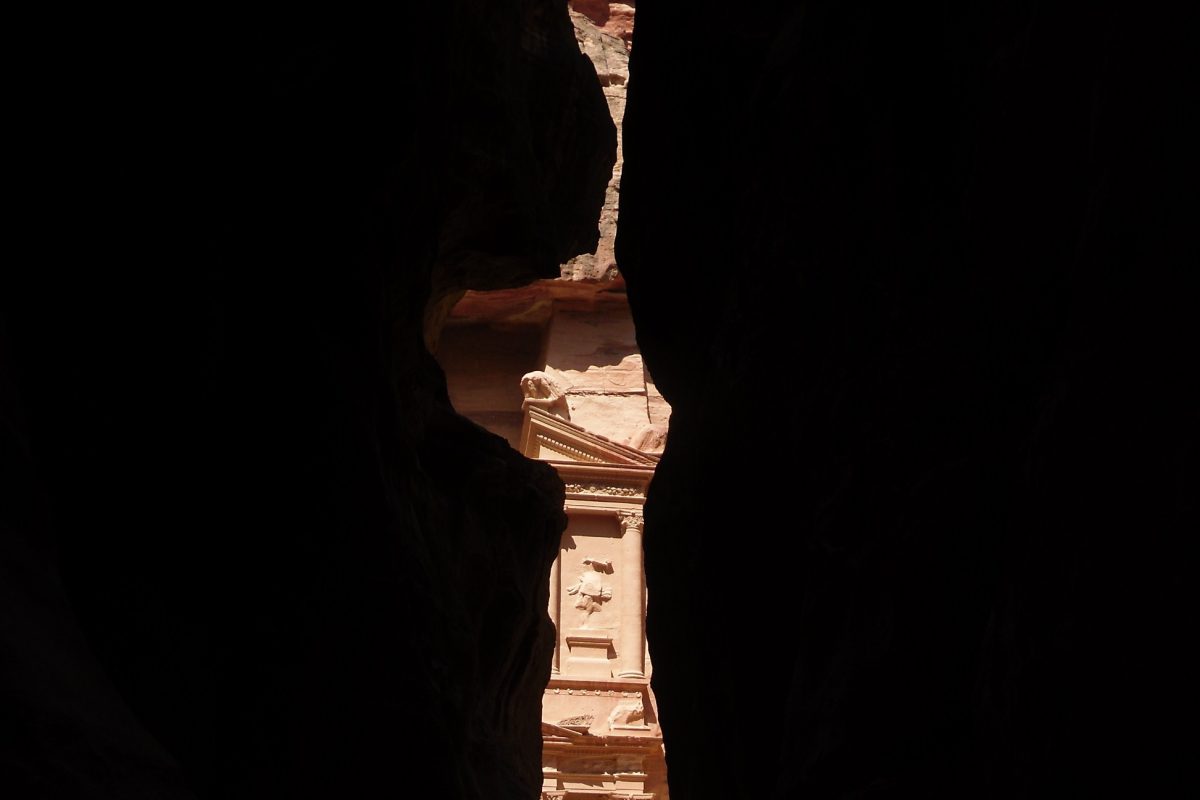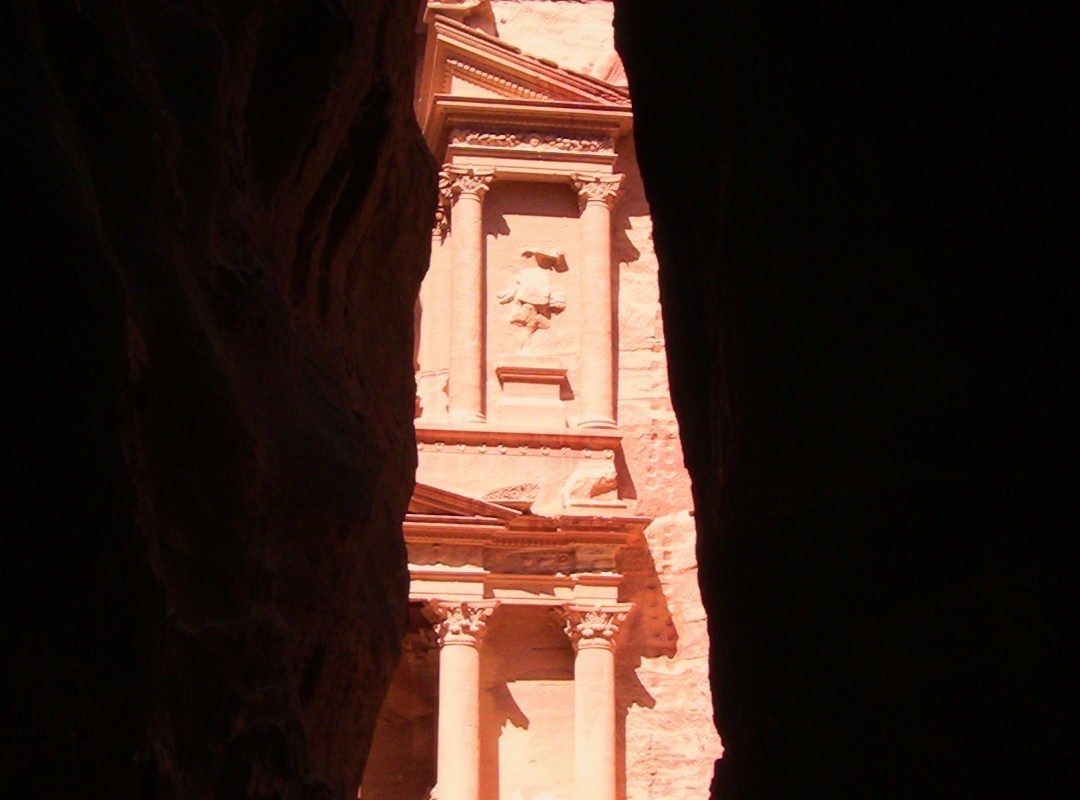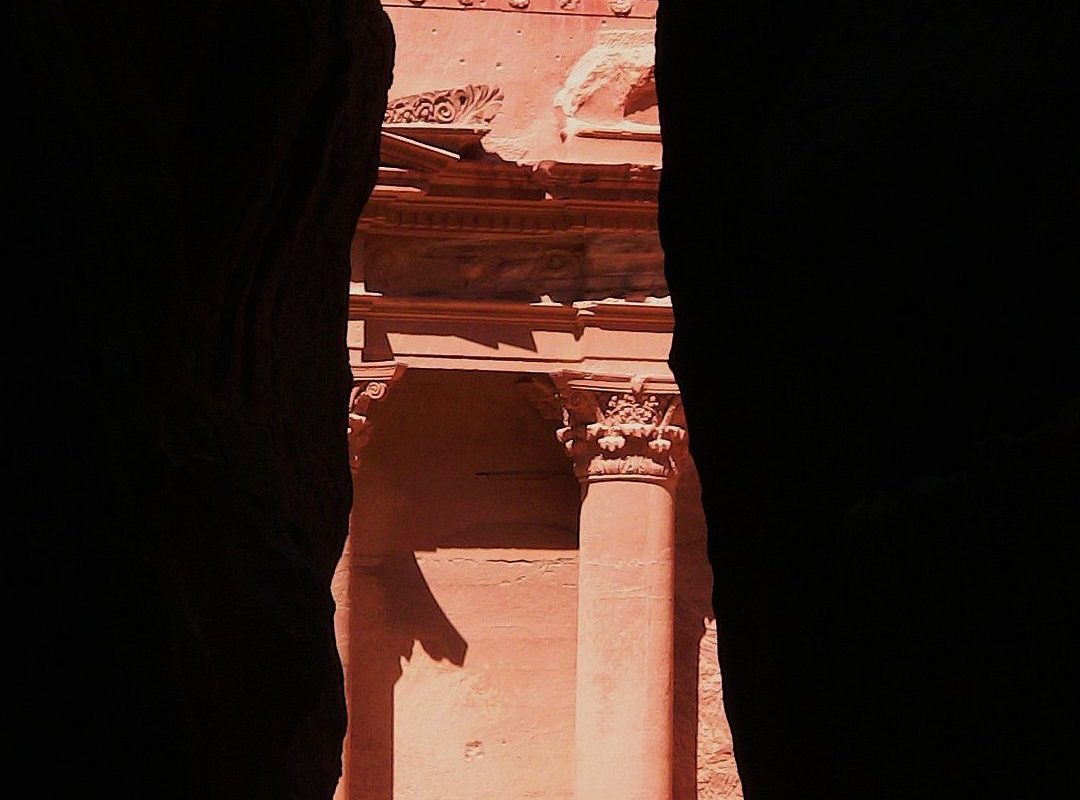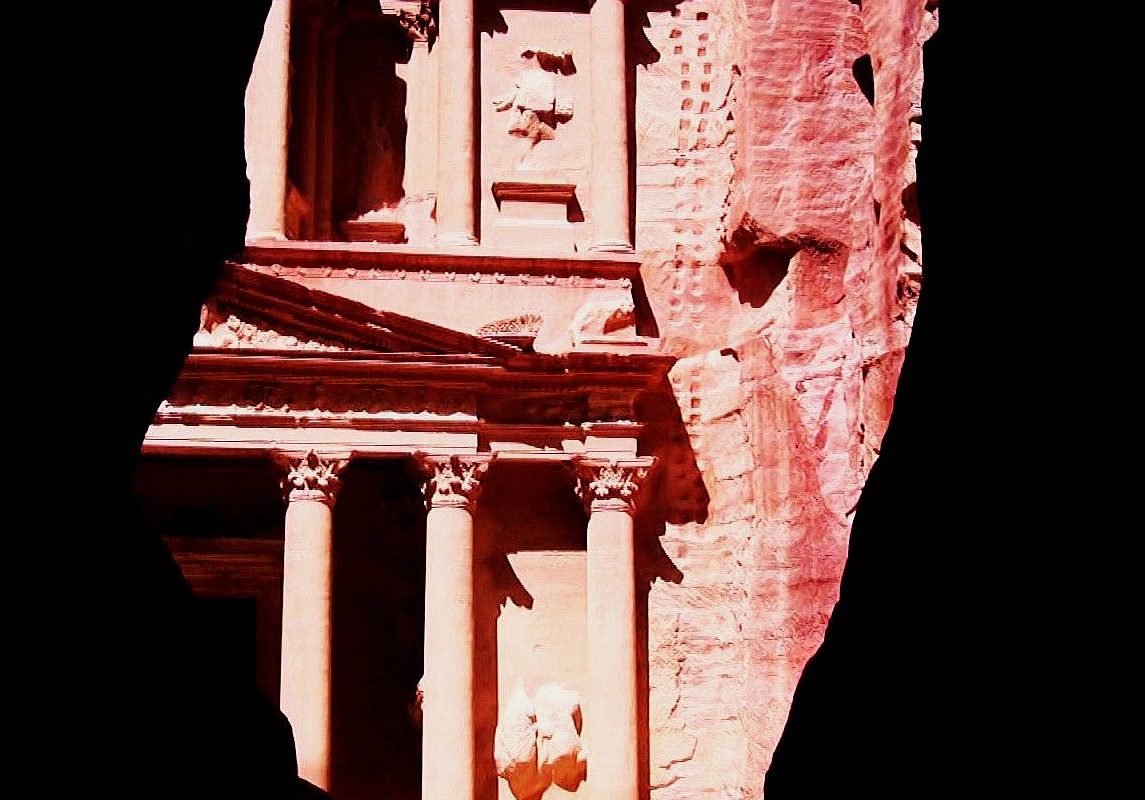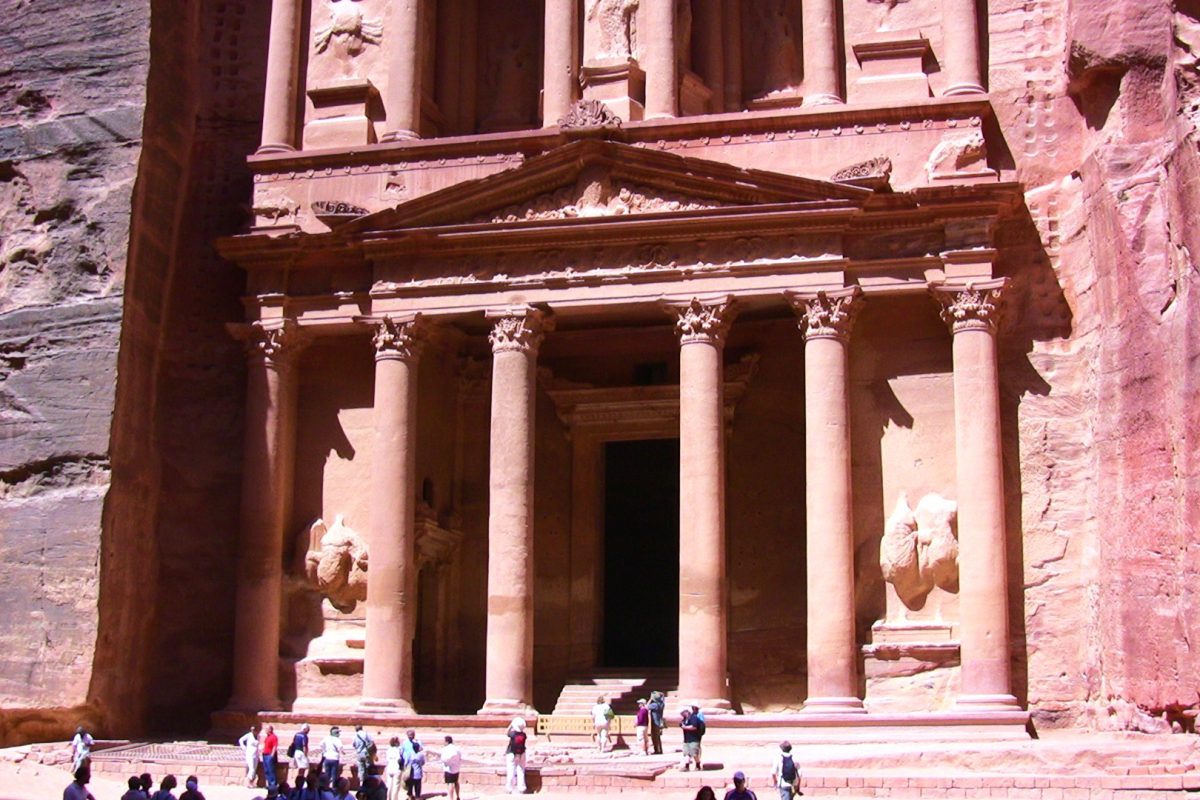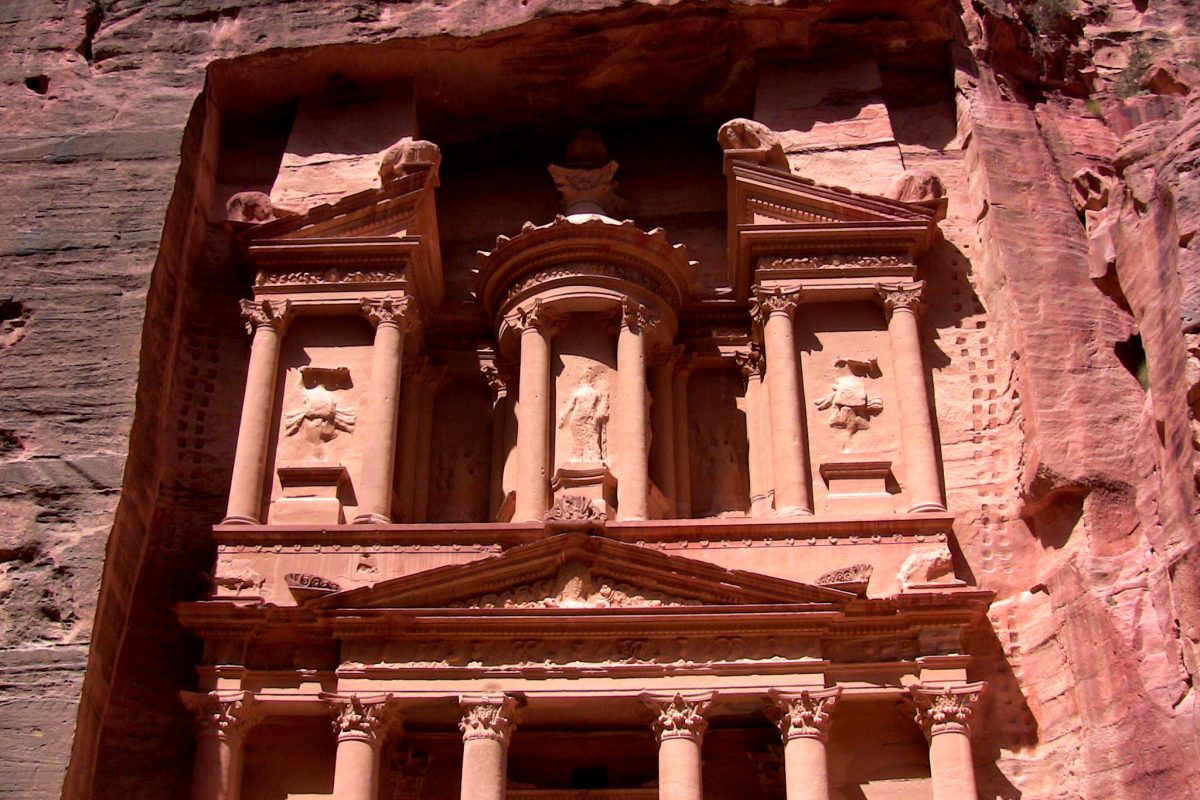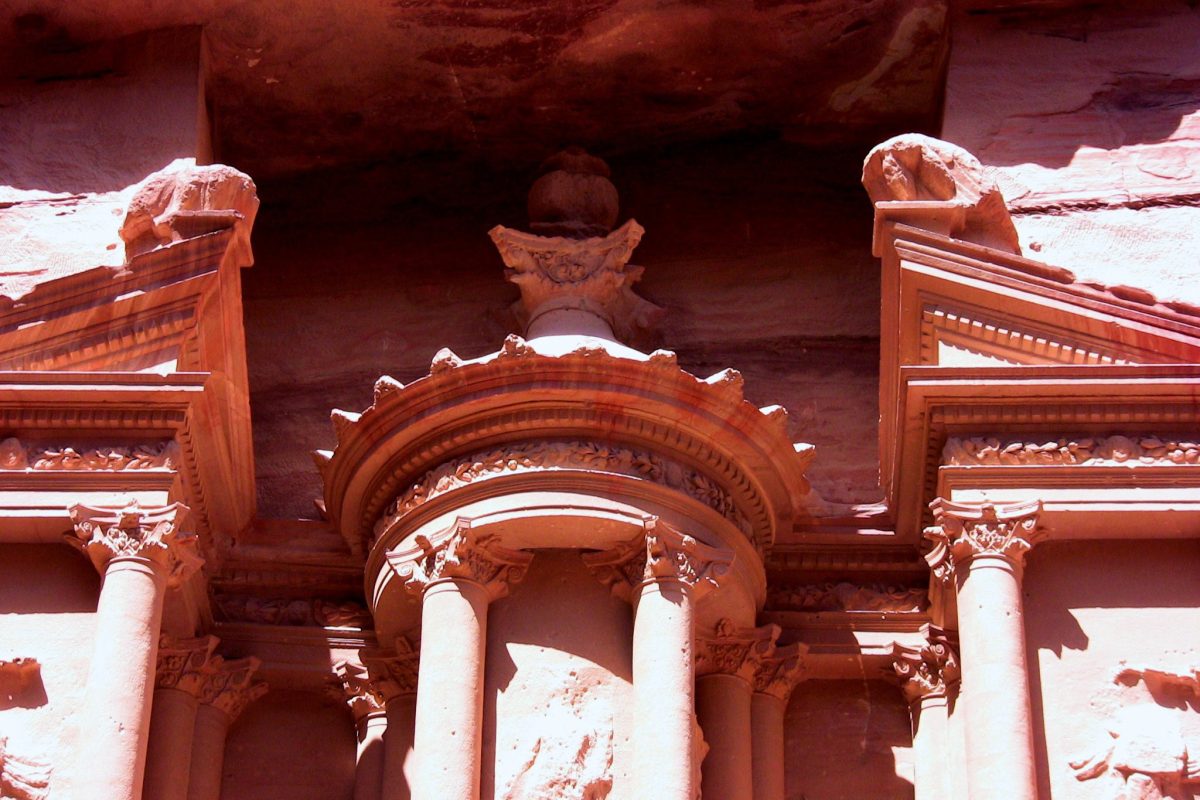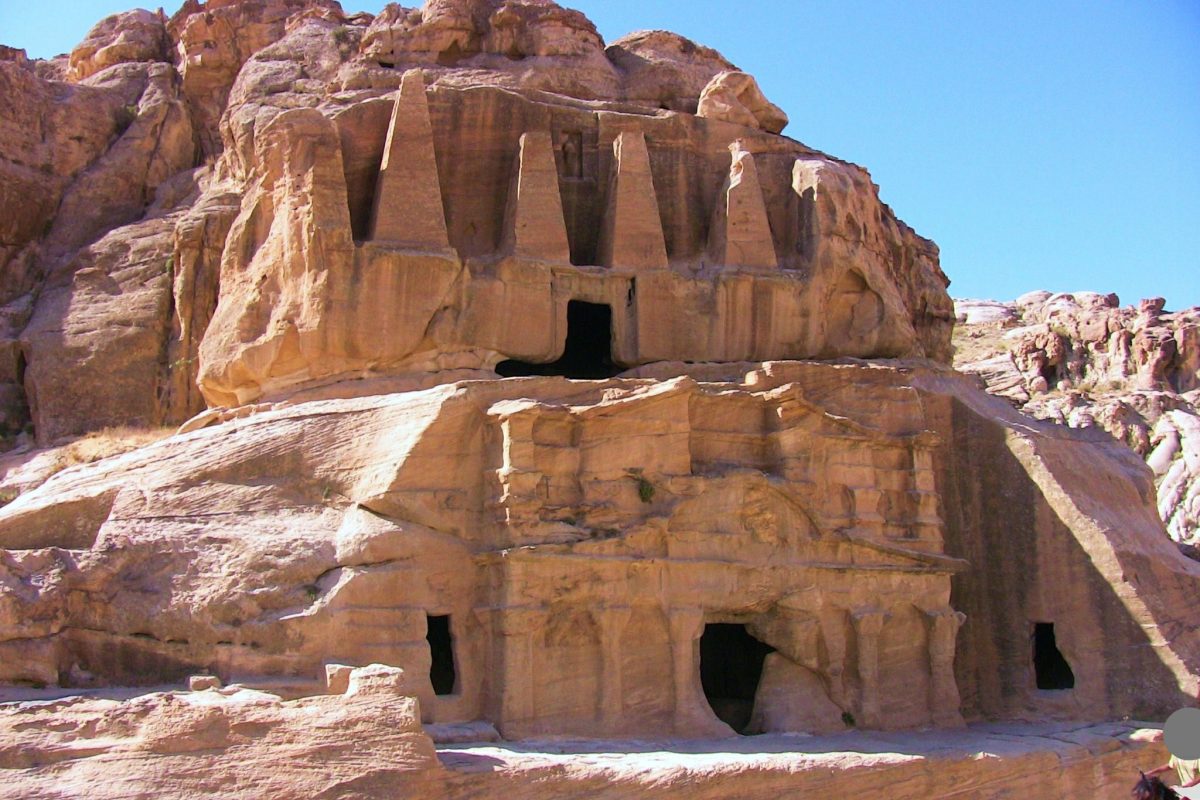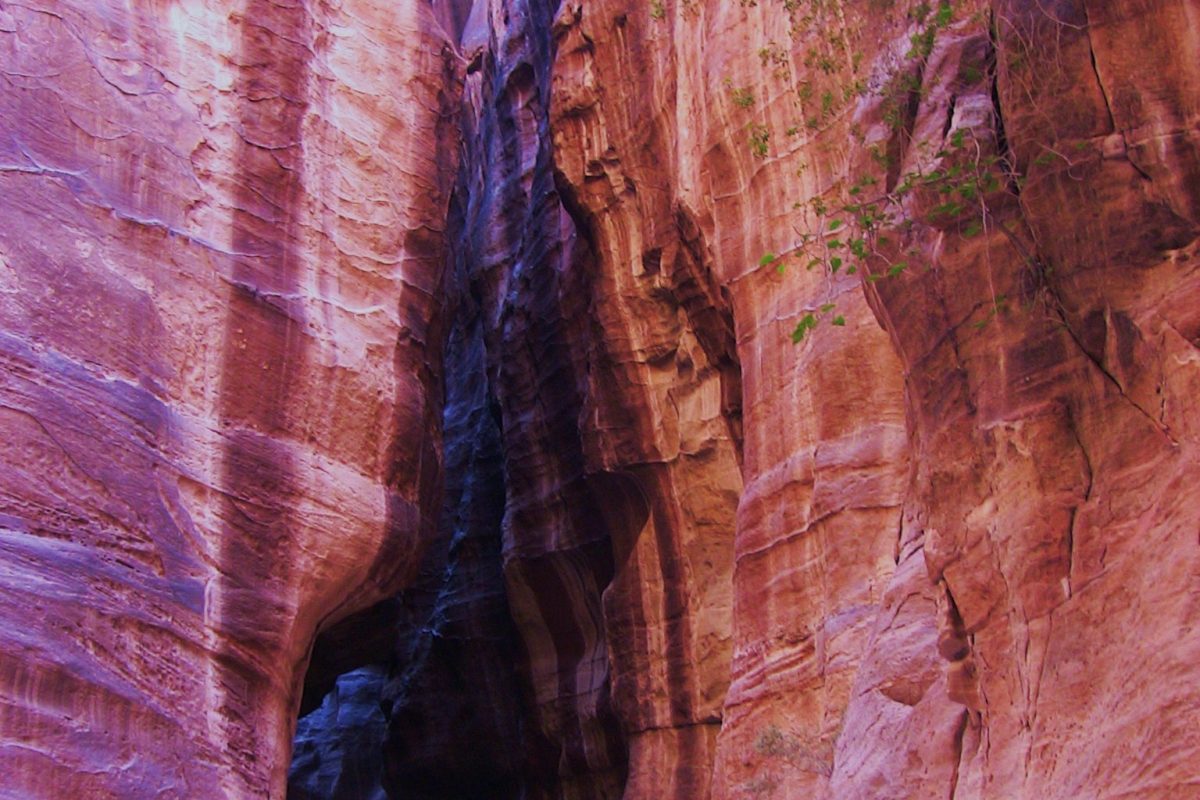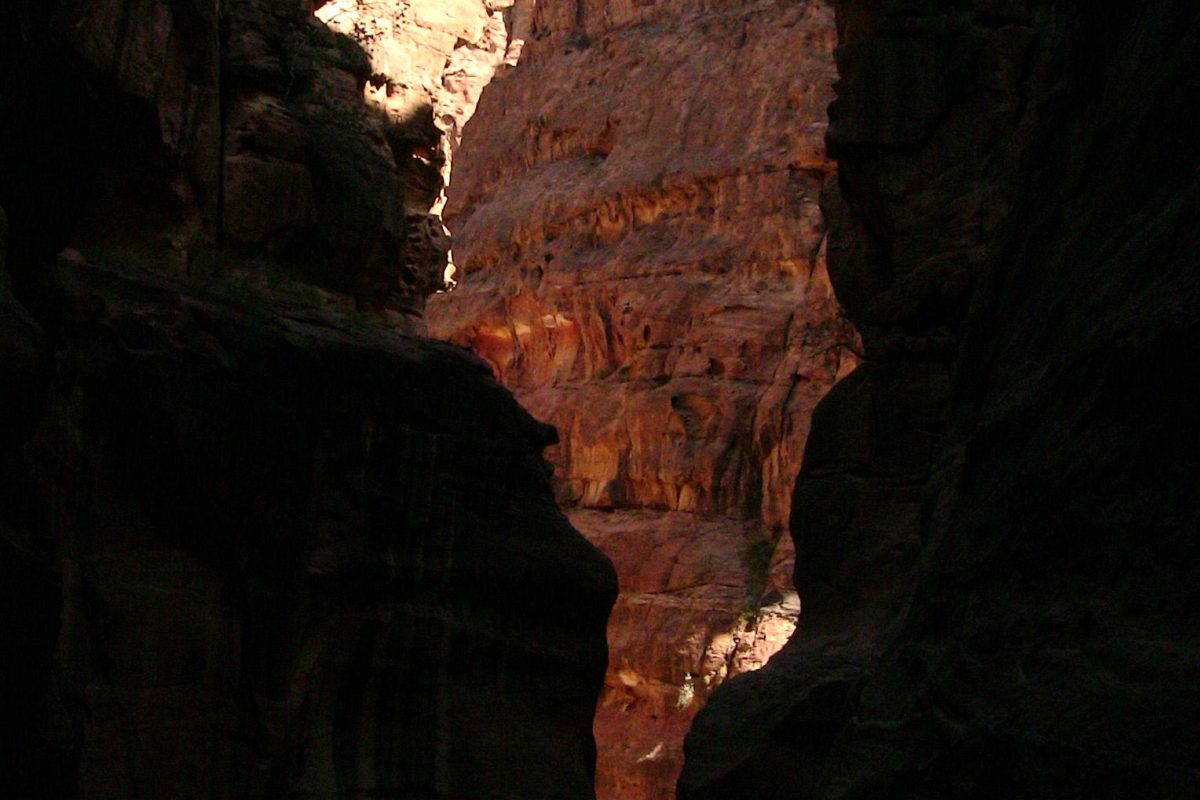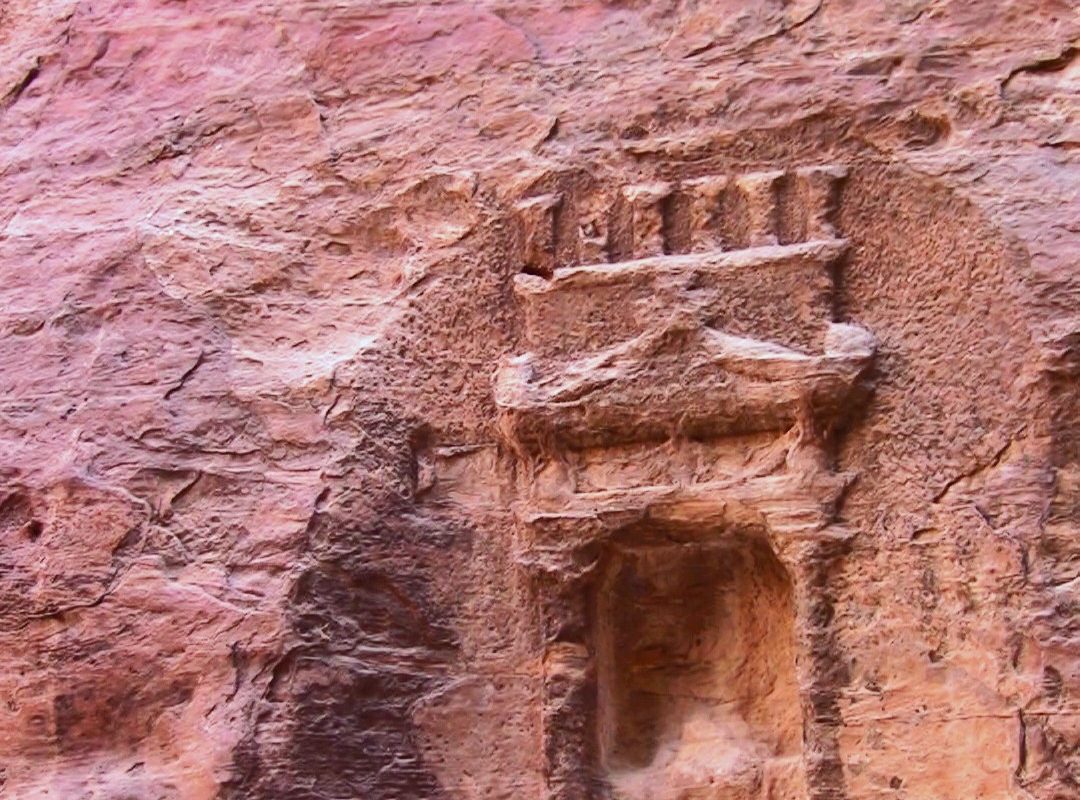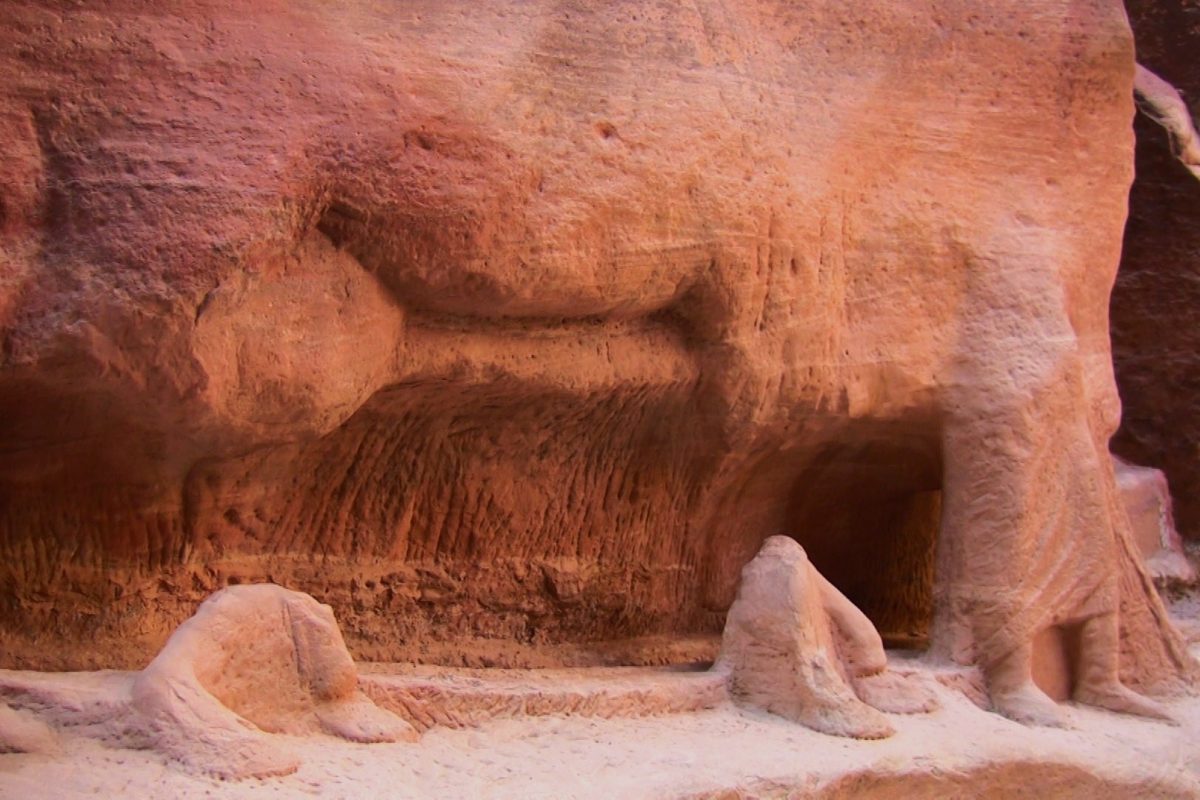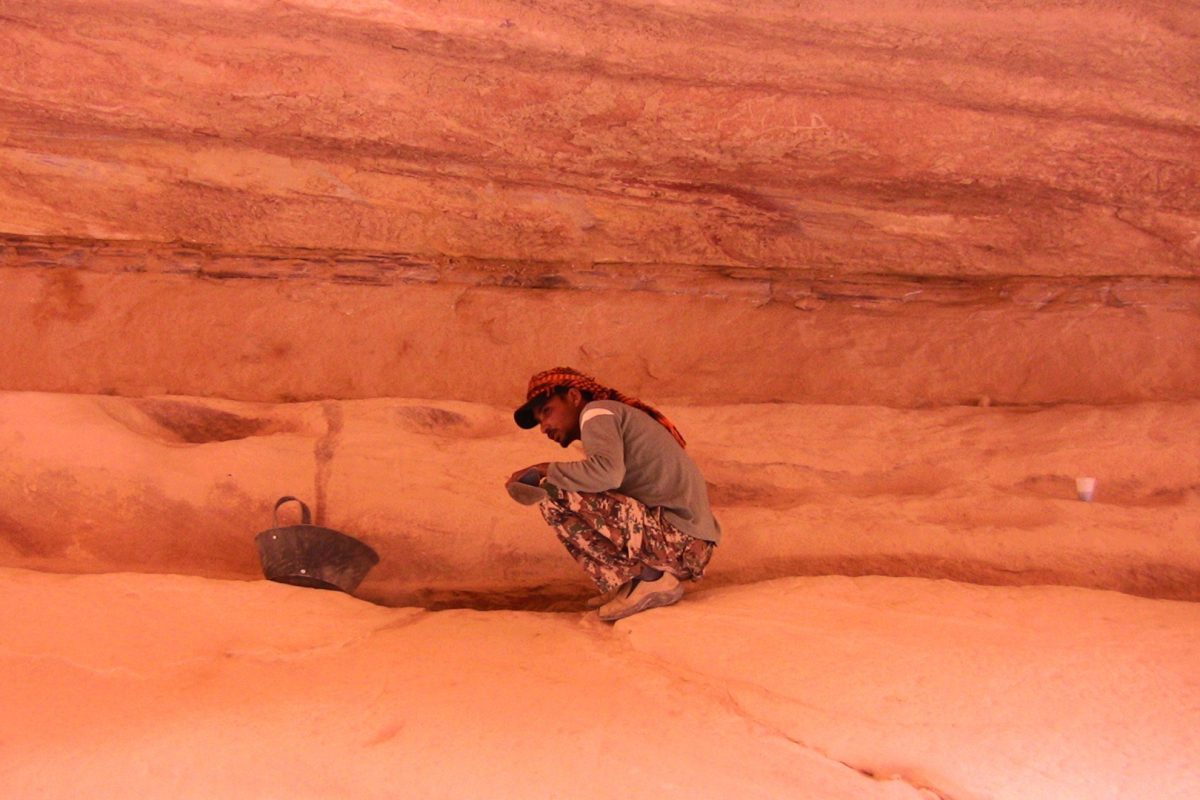I still remember the first glimpse of Petra in 2010—the way the Siq narrowed like a stone throat, its walls glowing in shades of pink and ochre under the Jordanian sun. The air was dry, scented faintly with dust and camel sweat, and every step felt like a slow unveiling of something sacred. Then, suddenly, the canyon widened, and there it was: Al-Khazneh, the Treasury, carved into living rock like a dream frozen in sandstone.
Petra isn’t just a destination; it’s an experience that humbles you. Standing there, I felt the weight of centuries pressing in—the Nabataean merchants, Roman legions, Byzantine monks, Bedouin tribes, and now us, modern travelers, all converging in this silent amphitheater of stone.
The Journey to Petra
In 2010, Jordan was already positioning itself as a rising star in Middle Eastern tourism. The country felt safe, welcoming, and proud of its heritage. My journey began in Amman, winding south along the King’s Highway—a route that itself is steeped in biblical lore. The road skirted Wadi Mujib, crossed desert plateaus, and dipped into valleys where shepherds still tended flocks as if time had stalled.
By late afternoon, we reached Wadi Musa, the gateway town to Petra. Its name means “Valley of Moses,” and local tradition claims this is where Moses struck a rock and water gushed forth for the Israelites. That spring, Ain Musa, still flows today—a reminder that this land is layered with stories from scripture and myth.
First Steps Through the Siq
The next morning, we entered Petra through the Siq, a narrow gorge nearly a mile long. Its walls soared 80 meters high, streaked with mineral veins like marbled fire. Nabataean engineers carved water channels along the sides, a testament to their genius in harnessing scarce desert resources.
Walking through the Siq is like moving through time. You pass faded carvings—gods, camels, inscriptions—until the canyon bends sharply and reveals the Treasury. That moment is cinematic; no photograph can prepare you for the scale and grace of Al-Khazneh. Its Corinthian columns and sculpted friezes speak of Hellenistic influence, yet its soul is Nabataean—a fusion of cultures born from trade and ambition.
Petra’s History: A City of Merchants and Monuments
Petra’s story begins long before the Nabataeans. Archaeological evidence shows human presence here as early as 7000 BC, with Neolithic farmers settling nearby. Later came the Edomites, mentioned in the Bible, who occupied the region around 1200 BC. But Petra’s golden age dawned in the 4th century BC, when the Nabataeans—a nomadic Arab tribe—made it their capital.
Strategically perched between Arabia, Egypt, and the Mediterranean, Petra thrived as a hub for caravans laden with incense, spices, and silk. Wealth flowed in, and the Nabataeans carved their prosperity into stone—temples, tombs, theaters, and homes etched into cliffs of rose-red sandstone.
By the 1st century AD, Petra was a metropolis of 20,000 people. Its monuments dazzled visitors: the Treasury, the Monastery (Ad-Deir), the Great Temple, and the Street of Facades. But fortune shifted when Rome annexed Nabataea in 106 AD, renaming it Arabia Petraea. Trade routes changed, earthquakes struck, and by the early Islamic era, Petra was a whisper of its former self—abandoned except for wandering Bedouins.
For centuries, the city lay hidden until 1812, when Swiss explorer Johann Ludwig Burckhardt, disguised as a Muslim pilgrim, persuaded a guide to lead him to the “lost city.” His rediscovery ignited Western fascination, and Petra became a symbol of mystery and romance.
Jordan: The Land That Holds Petra
Jordan itself is a tapestry of civilizations—Moabites, Edomites, Nabataeans, Romans, Byzantines, and Arabs have all left their mark. In 2010, the country felt like a bridge between past and present: modern highways shadowing ancient caravan trails, minarets rising near Crusader castles.
Petra is Jordan’s crown jewel, but it’s part of a broader sacred geography. Nearby lies Mount Hor, traditionally identified as the burial place of Aaron, brother of Moses. Pilgrims still visit Jabal Harun, where a white-domed shrine honors him. The entire region hums with biblical resonance—Numbers, Isaiah, and Kings mention Sela, Petra’s Hebrew name, meaning “rock.”
Religious Connections: From Edom to Islam
Petra’s spiritual significance is complex. In biblical times, it was linked to Edom, the land of Esau’s descendants. Prophets railed against Edom’s pride, foretelling its desolation—a fate Petra eventually met. Isaiah 16:1 speaks of sending tribute “from Sela,” and 2 Kings 14:7 records King Amaziah capturing the city.
Islamic tradition also brushes Petra’s story. Some revisionist scholars once speculated that early Islamic rituals might have roots in Nabataean sanctuaries, though mainstream scholarship affirms Mecca as Islam’s birthplace. What is certain is that Petra’s Nabataeans worshipped a pantheon of Arab deities—Dushara, al-Uzza, and others—long before monotheism swept the region. Inscriptions even reference names akin to “Allah,” showing the linguistic threads that predate Islam.
Walking Through the City of Stone
Beyond the Treasury, Petra unfolds like a labyrinth. I wandered past the Royal Tombs, their facades weathered yet majestic, and climbed to the High Place of Sacrifice, where altars still cling to the summit. From there, the view stretched across a valley stippled with ruins—a silent city cradled in mountains.
Later, I tackled the 800 steps to the Monastery (Ad-Deir), a monument even larger than the Treasury. Its doorway yawned like a portal, and the surrounding silence felt almost holy. Sitting there, sipping sweet mint tea from a Bedouin stall, I thought about the Nabataeans—how they tamed this harsh land with ingenuity and faith.
Petra by Night
One evening, I joined Petra by Night, a candlelit walk through the Siq to the Treasury. Hundreds of lanterns flickered along the path, casting amber halos on the rock. At the Treasury, we sat cross-legged as Bedouin musicians played the rababa under a sky pricked with stars. It was haunting, almost mystical—a reminder that Petra isn’t just an archaeological site; it’s a living poem.
Reflections on a Timeless City
Leaving Petra in 2010, I felt changed. It wasn’t just the grandeur of the monuments or the thrill of discovery—it was the sense of continuity. Here, civilizations rose and fell, faiths clashed and converged, and yet the stones endured, whispering their secrets to anyone willing to listen.
Petra is more than a wonder; it’s a mirror. It reflects human ambition and fragility, our hunger for beauty and meaning. In its shadowed gorges and sunlit facades, you glimpse the paradox of time: everything passes, yet something remains.
Quick Facts for the Curious
- Location: Southern Jordan, near Wadi Musa
- Founded: Nabataean capital by 4th century BC
- Peak: 1st century AD, population ~20,000
- UNESCO Status: World Heritage Site since 1985
- Nickname: “Rose City” for its pink sandstone
- Religious Links: Biblical Sela; traditions of Moses and Aaron nearby
